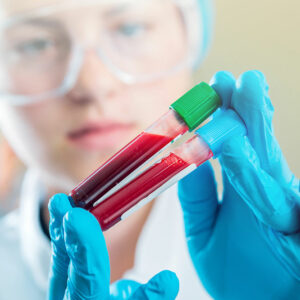
Anemia – Symptoms, causes, and risk factors
When the body does not produce enough red blood cells or they are destroyed at a rate faster than they are produced, it leads to a condition called anemia. The most common type of blood-related disorder, anemia affects nearly one-third of the total population of the world. The condition is often a result of underlying health problems that prevent the production of red blood cells in the body. In some cases, these conditions can also lead to excessive breaking down or loss of red blood cells in the body, causing anemia. Symptoms To ensure early diagnosis and timely treatment for the condition, the symptoms must be identified correctly. One of the most common symptoms associated with anemia is fatigue, but here are some here are some other symptoms associated with the condition that you should not ignore: Pallor Irregular heartbeat and pain in the chest Breathlessness Dizziness and headaches Mild anemia is usually accompanied by fewer symptoms, or none at all, and specific symptoms are associated with certain types of anemia. These include the following: Aplastic anemia The common symptoms caused by this type of anemia are fever, skin rashes, and frequent occurrence of infections. Sickle cell anemia Patients with this type of anemia experience inflammation in their hands and feet, which can be painful, along with jaundice and tiredness due to lack of blood.
Read More 







